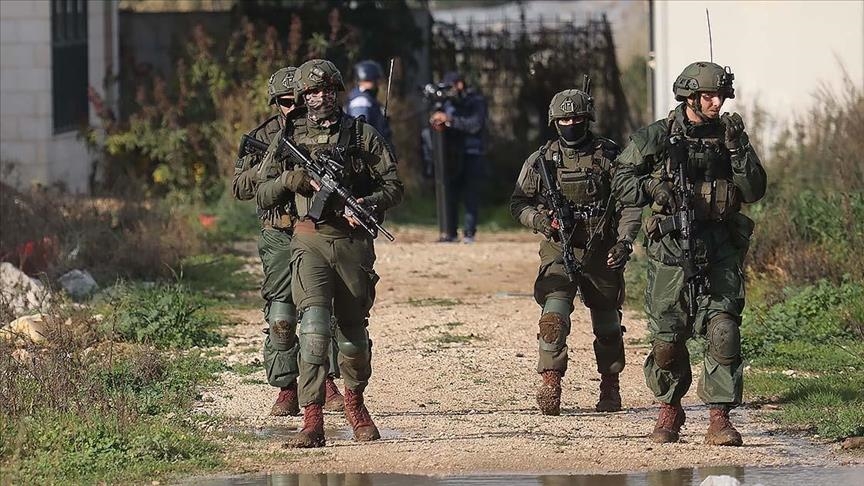
NGOCSTIP – Palestinian Child Mohammad’s tragic death in the occupied West Bank has reignited global anger over the ongoing violence in the region. A video circulated on social media platform X on October 20, 2025, shows the 13-year-old being shot by Israeli military personnel near a checkpoint. The incident took place during what witnesses described as a minor protest in the area. Following the shooting, a Red Crescent ambulance attempted to reach the wounded child but was blocked for more than 30 minutes by Israeli forces. During that time, Mohammad’s condition worsened, and he eventually died before receiving any medical assistance. The footage quickly went viral, amassing millions of views and sparking debates on the treatment of Palestinian minors in conflict zones. Human rights observers condemned the delay in aid and demanded accountability for the soldiers involved in the deadly encounter.
The killing of the Palestinian Child represents a grim symbol of how the conflict harms innocent minors. United Nations data shows that Israeli forces killed more than 150 Palestinian children in 2025. Many of these deaths happened in areas like Jenin, Hebron, and Nablus. Humanitarian organizations describe the crisis as a severe emergency that endangers children daily. Armed clashes often trap young civilians between crossfire or direct attacks during operations. Reports from the Palestinian Ministry of Health reveal that many victims had no involvement in violence. Families in affected areas live in constant fear as raids and gunfire dominate their surroundings. Parents struggle to protect their children from the chaos around them. Advocacy groups call on the global community to demand stronger protection for minors in conflict zones. International leaders must act to ensure that humanitarian law shields all children from the brutality of war.
“Read about: DOJ Whistleblower Exposes Trump Goon’s Shocking ‘F*** You’ Order — Chaos Erupts!”
Following the release of the viral video, major human rights organizations including Amnesty International and Human Rights Watch called for an immediate and transparent investigation into the incident involving the Palestinian Child. These groups highlighted a recurring pattern of excessive force used by Israeli forces in the occupied territories. In many previous cases, similar incidents were investigated internally without meaningful outcomes, fueling accusations of impunity. Activists argue that the obstruction of medical aid violated the Geneva Conventions and could constitute a war crime. They also stressed that the increasing number of child victims illustrates the urgent need for independent international oversight. Lawyers representing Palestinian families have begun preparing formal complaints to the International Criminal Court, demanding that the global community take stronger measures to prevent further abuses. Public outrage continues to build as international news outlets and social media amplify the calls for justice.
The viral footage of the Palestinian Child’s death has drawn condemnation from governments and organizations worldwide. European Union officials expressed deep concern over the rising civilian casualties in the West Bank, calling for restraint and accountability. In Washington, statements from several members of Congress demanded that U.S. military aid to Israel be reviewed in light of potential human rights violations. Protests have erupted across several cities, including London, Istanbul, and Jakarta, where demonstrators held signs demanding justice for Palestinian children. The Israeli Defense Forces have yet to release an official comment, which has intensified criticism and public pressure. The United Nations Human Rights Council has announced that it will examine the case as part of a broader inquiry into the treatment of Palestinian civilians. The video has once again exposed the fragility of peace efforts in the region and the devastating toll of continued occupation and military escalation.
Beyond the death of the Palestinian Child, the viral incident highlights a deepening humanitarian crisis across the occupied West Bank. Medical organizations struggle to provide healthcare due to restricted access and constant delays at military checkpoints. Ambulances and aid convoys often wait for hours while patients suffer without treatment. Families in rural regions fight daily to find clean water, food, and essential medicine. The Red Crescent continues documenting repeated interference with emergency response teams throughout the region.
Humanitarian workers risk their safety to deliver supplies under tense and dangerous conditions. Schools in several districts close frequently because of nearby clashes and security operations. Children experience severe psychological trauma as violence surrounds their everyday lives. Parents worry constantly about their children’s safety during even routine activities. Aid groups demand international protection for doctors, nurses, and civilians in conflict zones. Experts urge stronger global action to prevent further suffering and unnecessary loss of life. Without genuine intervention, humanitarian conditions will worsen and claim more innocent lives.
This article is sourced from TwiterX and for more details you can read at ngocstip
Writer: Sarah Azhari
Editor: Anisa